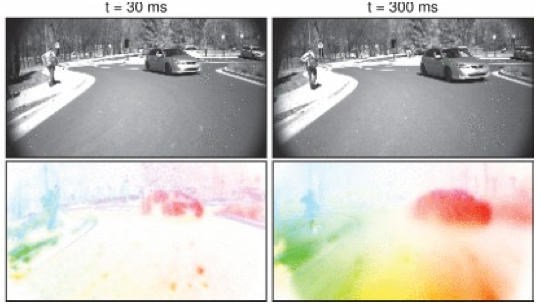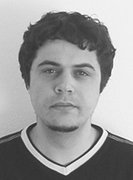Project: Vision based motion prediction in an unstructured dynamic environment
Description

Cooperative robotics is a growing interest in industrial settings. This report focuses on the prediction of unstructured dynamic environments, which can be expected when a workspace is shared between a robotic system and a human. Accurate predictions of positions and velocities of objects in a workspace would allow a robotic system to work while anticipating on the movement of those that share its workspace, increasing efficiency and allowing for more natural cooperation. In this research the workspace is assumed to be represented implicitly by a compactly supported radial basis function (CSRBF), generated with the input from a depth camera.
In this project a method to predict future states of this implicit function is devised, to allow its use in online predictive control. The calculation of a CSRBF is an expensive operation, and so the method in this project is formulated such that the implicit function predictions do not require recalculation of the CSRBF parameters, as to allow use in an online control setting. Prediction is achieved by advecting the centers of the CSRBF with an estimated velocity, corresponding to the surface velocity of the object the center is located on. Velocity is first estimated using the level-set partial differential equation. The surface velocity is then reconstructed from local normal velocity estimates.
The estimation of normal velocity using this method is shown to be accurate, depending on object velocity and the frequency of implicit function generation from the depth camera. With a frequency of 30Hz, a normal velocity of 0.15m/s can be accuratly estimated. Advection of CSRBF centers with the surface velocity is shown in simulation to be accurate only for objects with a rotational velocity up to 14 π over a time span of 0.3s. Further methods are suggested which could utilize the normal velocity estimates to generate a better implicit function estimate.
Details
- Student
-
BBBas Blom
- Supervisor
-
 Andrei Jalba
Andrei Jalba
- Link
- Thesis